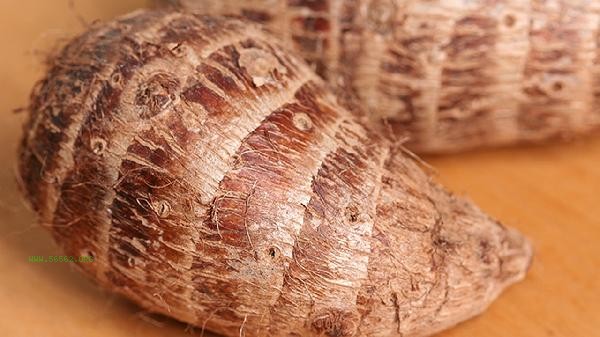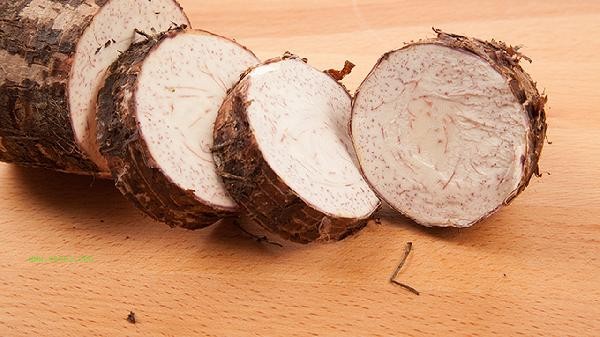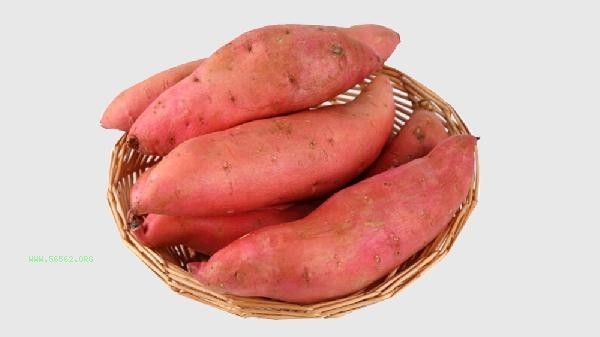The difference in calorie content between taro and sweet potatoes mainly depends on the variety and cooking method. Typically, for every 100 grams of raw taro, the calorie content is about 56-79 calories, while for raw sweet potatoes, it is about 86-90 calories. Both belong to high-quality carbohydrates with low fat and high fiber, and their actual calorie content is affected by factors such as variety differences, maturity, and processing methods.

1. Variety differences:
There are significant differences in the calorie content of taro and sweet potato varieties. Starch type taro such as Lipu taro can have a calorie content of up to 79 kcal/100g, while red heart sweet potatoes generally have higher calorie content than yellow heart or purple sweet potato varieties due to their higher sugar content. Purple sweet potatoes usually have 5% -8% lower calories than ordinary sweet potatoes due to their high anthocyanin content.
2. Maturity effect:
Fully matured sweet potato starch is converted into sugar, increasing calories by 10% -15% compared to incompletely matured sweet potatoes. After harvesting, the starch content of taro remains relatively stable, but an increase in fiber in old taro may lead to a slight decrease in heat absorption. Sweet potatoes harvested in autumn have a higher degree of saccharification and a higher calorie content than spring potatoes under the same weight.
3. Cooking method:

Boil taro with water to maintain stable heat, while roasted sweet potatoes will concentrate heat to 110-130 kcal/100g due to water evaporation. Fried taro slices can increase their calorie intake to over 300 calories, while sweet potato strips made in air fryers reduce calorie intake by 40% compared to traditional frying. Steaming can preserve the original heat values of both to the maximum extent possible.
4. Nutritional Composition:
Sweet potatoes have a much higher content of beta carotene than taro, but taro has a more prominent potassium content. The dietary fiber of both is equivalent, but the proportion of resistant starch in taro is higher. This indigestible starch actually produces 30% -50% less calories than ordinary starch. The anthocyanins unique to purple sweet potatoes have additional antioxidant benefits.
5. Blood glucose response: The glycemic index (GI) value of sweet potatoes is generally between 55-70, while the GI value of taro is about 45-55, which is more suitable for people who control sugar. After cooling, taro and sweet potatoes will produce more resistant starch, which can maintain a lower blood sugar load even after reheating, reducing actual heat absorption by 10% -20%.
From the perspective of weight loss, it is recommended to alternate between consuming these two types of root and stem foods. Taro is suitable as a substitute for staple food with protein, while sweet potatoes are more suitable for replenishing carbohydrates after exercise. Be careful to avoid processing methods that add sugar or oil, and steaming with skin can maximize the retention of nutrients. During the weight management period, the recommended daily intake is 150-200 grams, which can be paired with protein such as eggs and chicken breast to enhance satiety. Special groups such as diabetes patients should give priority to taro, and the consumption should be included in the total amount of carbon and water throughout the day. Both ingredients are rich in mucin protein, which has a protective effect on the gastrointestinal mucosa. However, for those with indigestion, it is recommended to cook thoroughly until soft and tender.




Comments (0)
Leave a Comment
No comments yet
Be the first to share your thoughts!